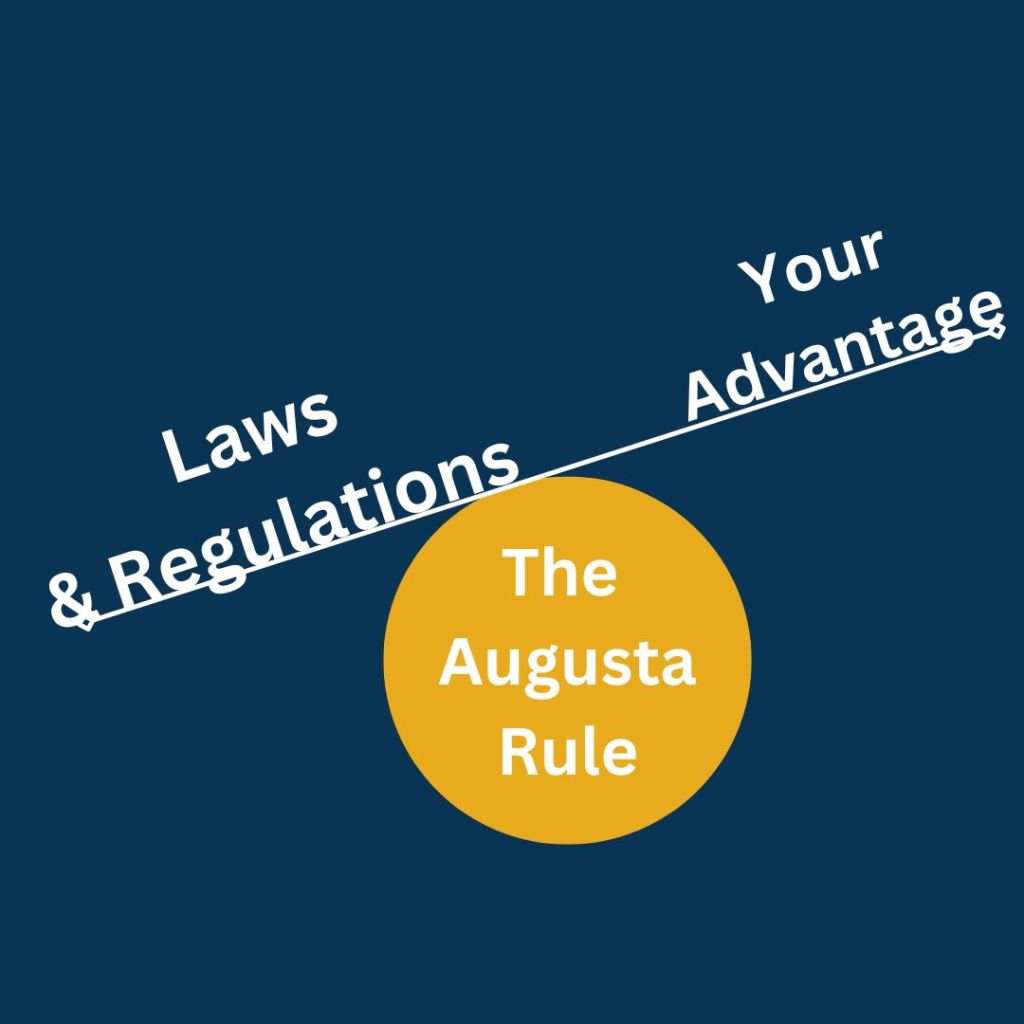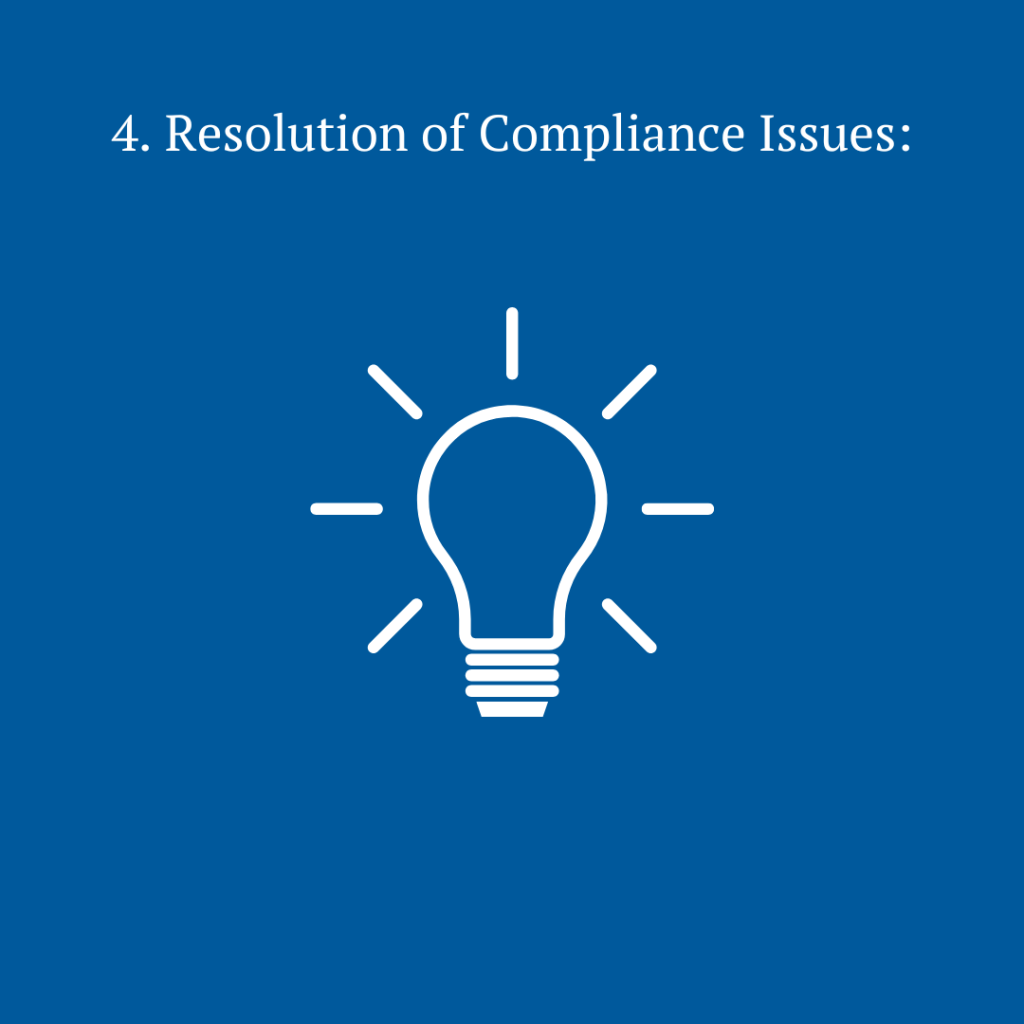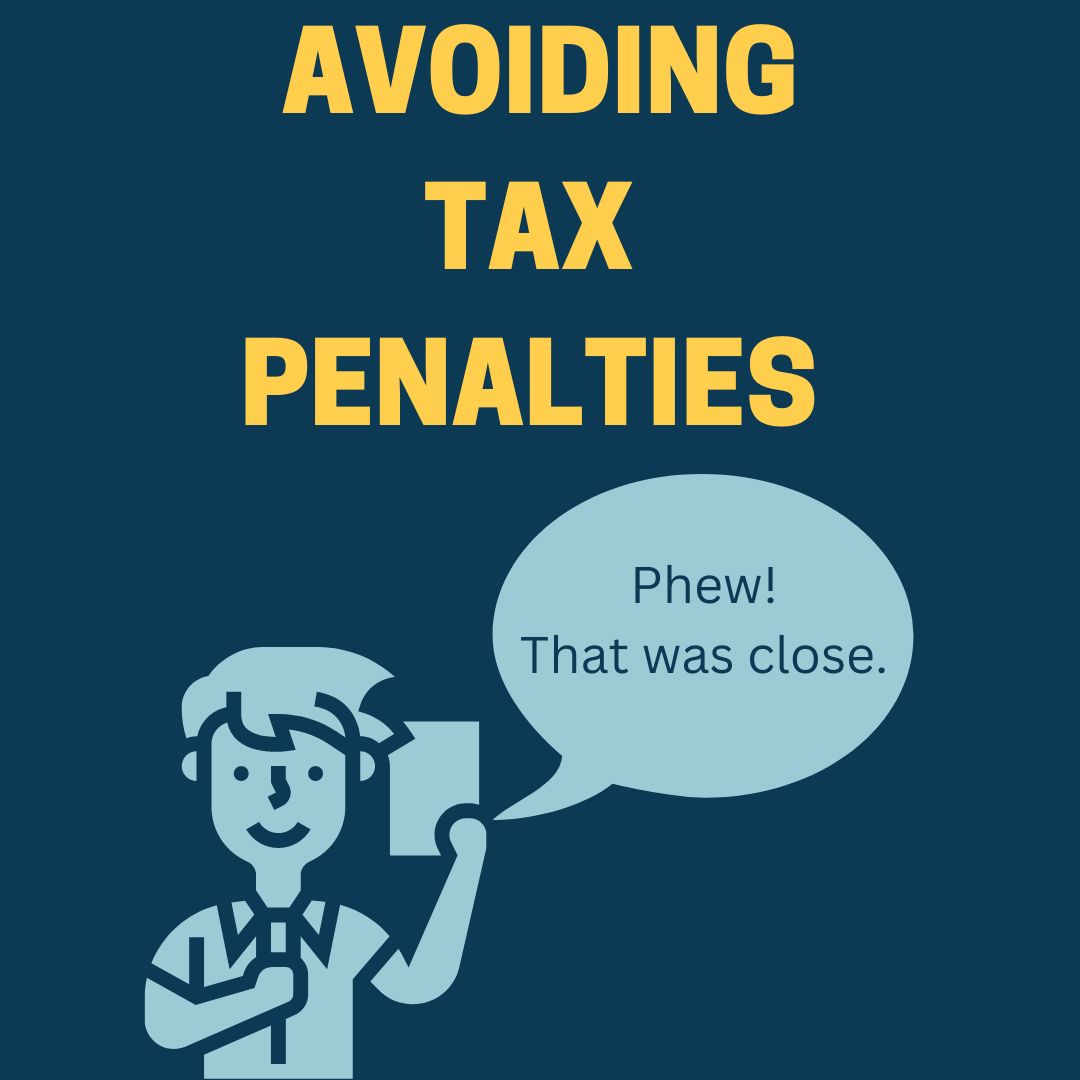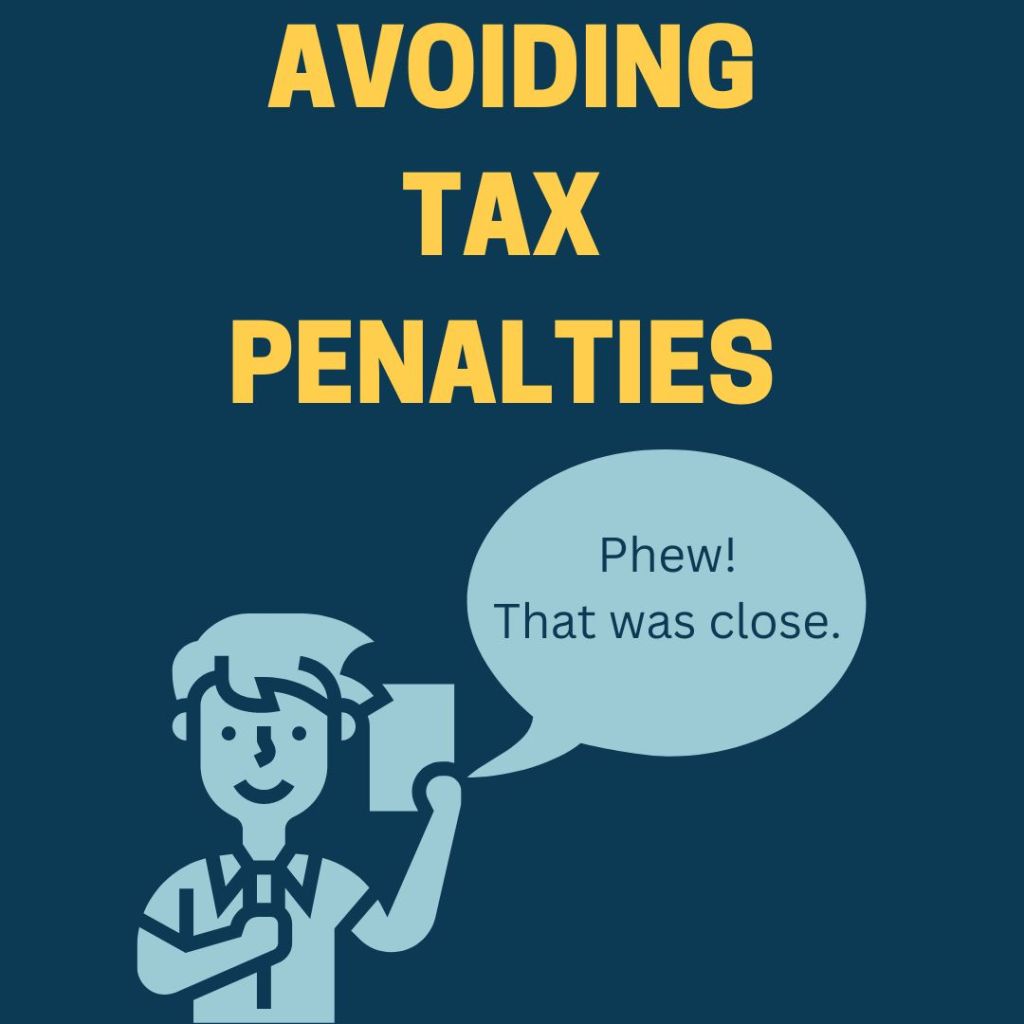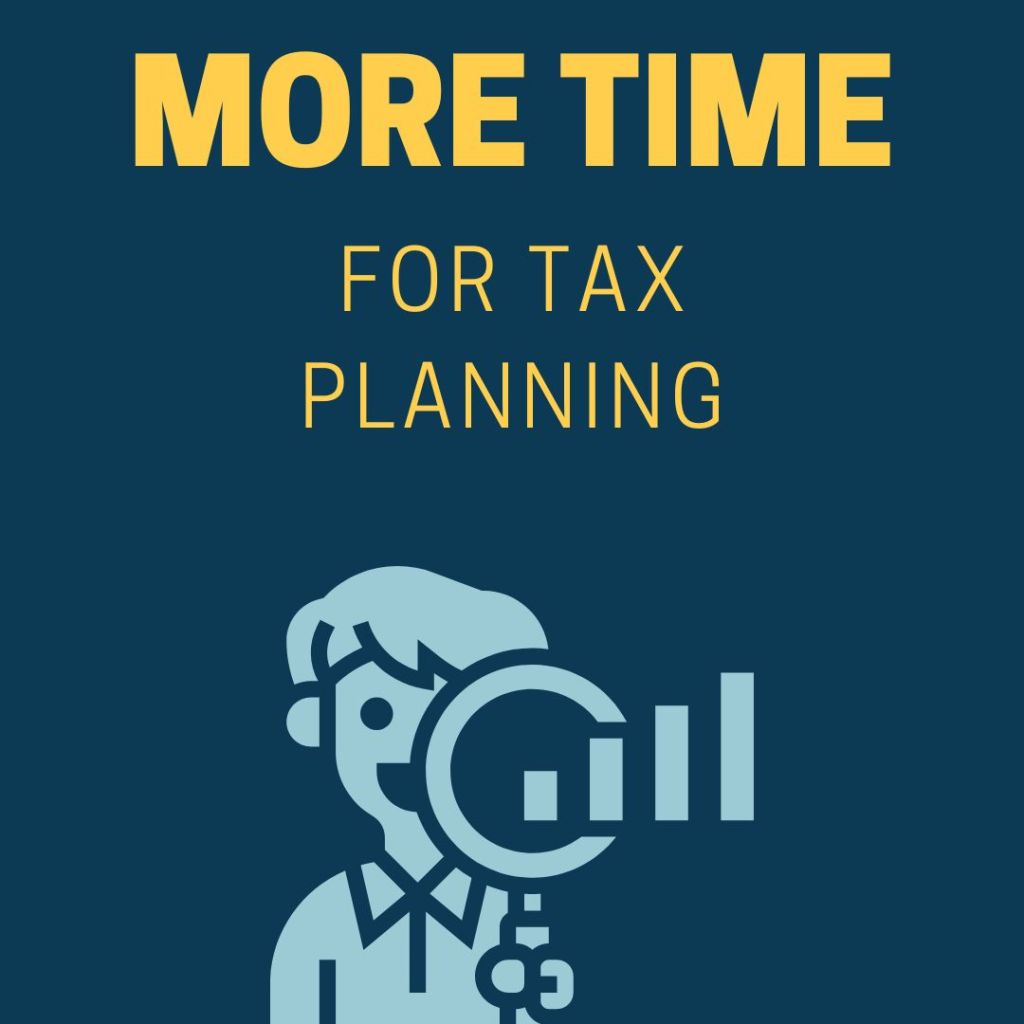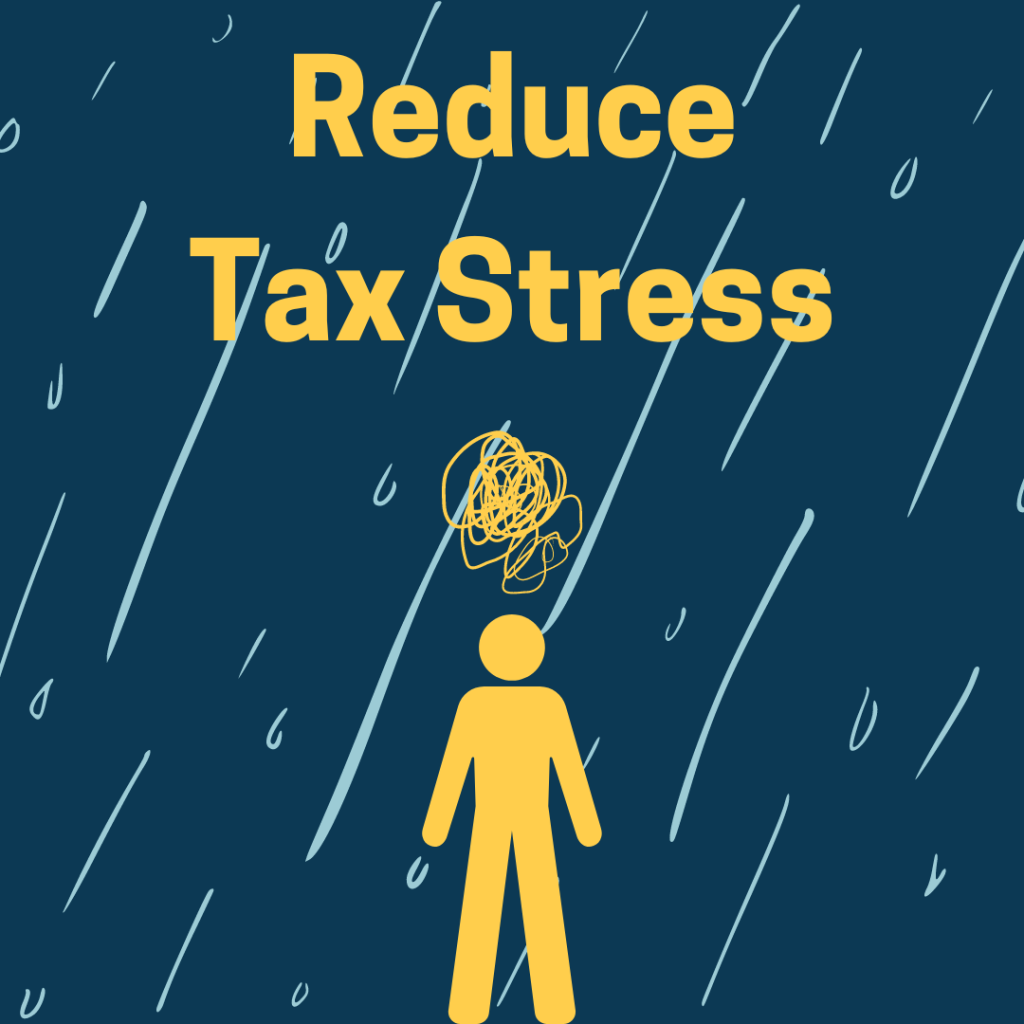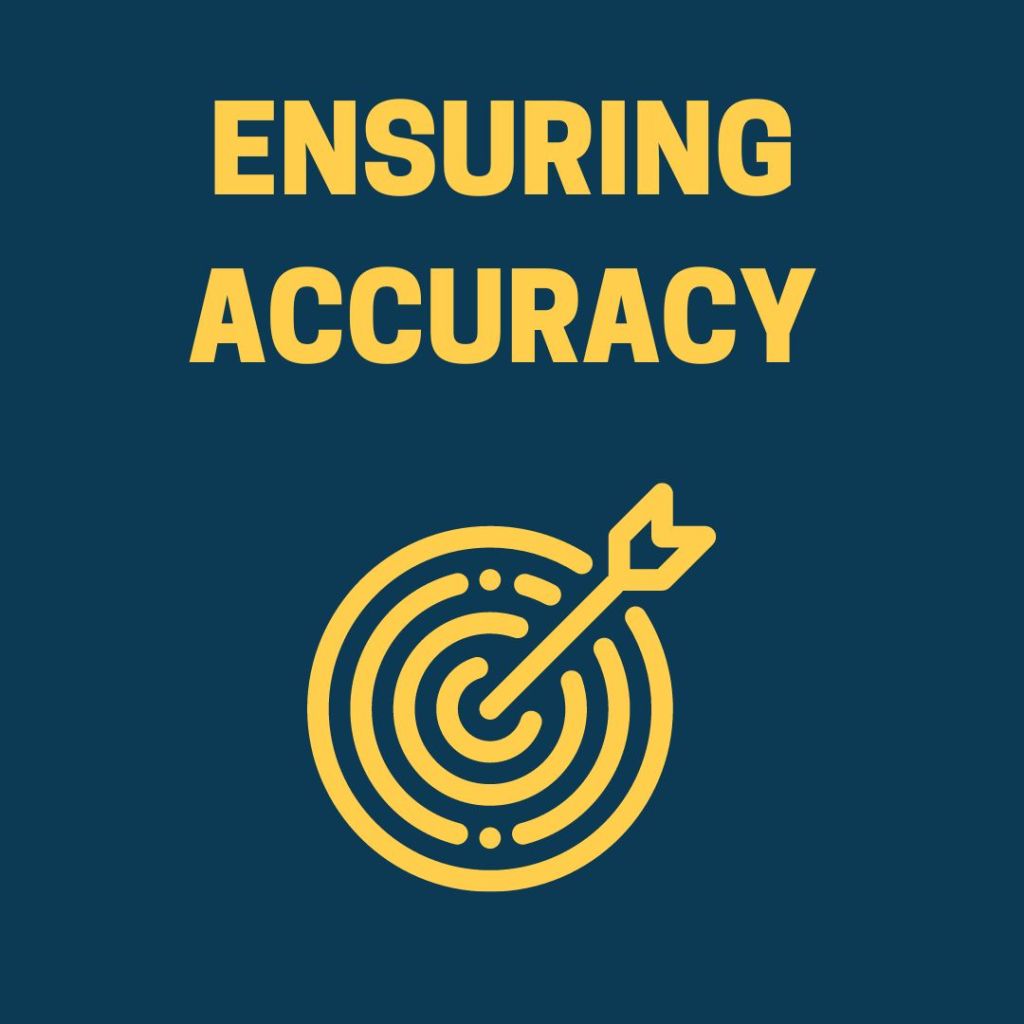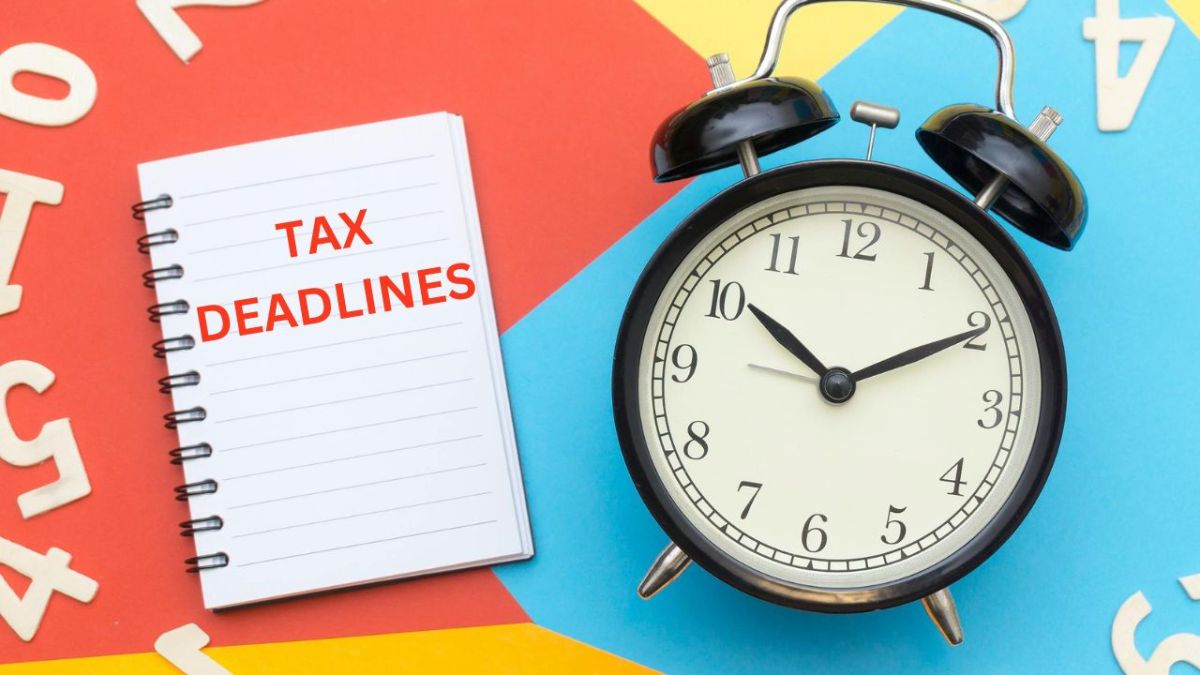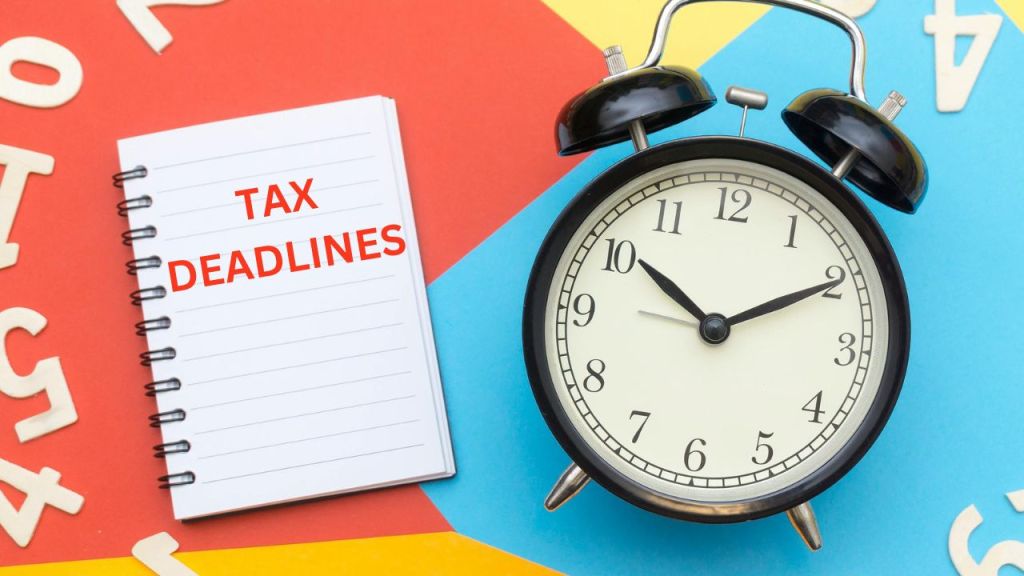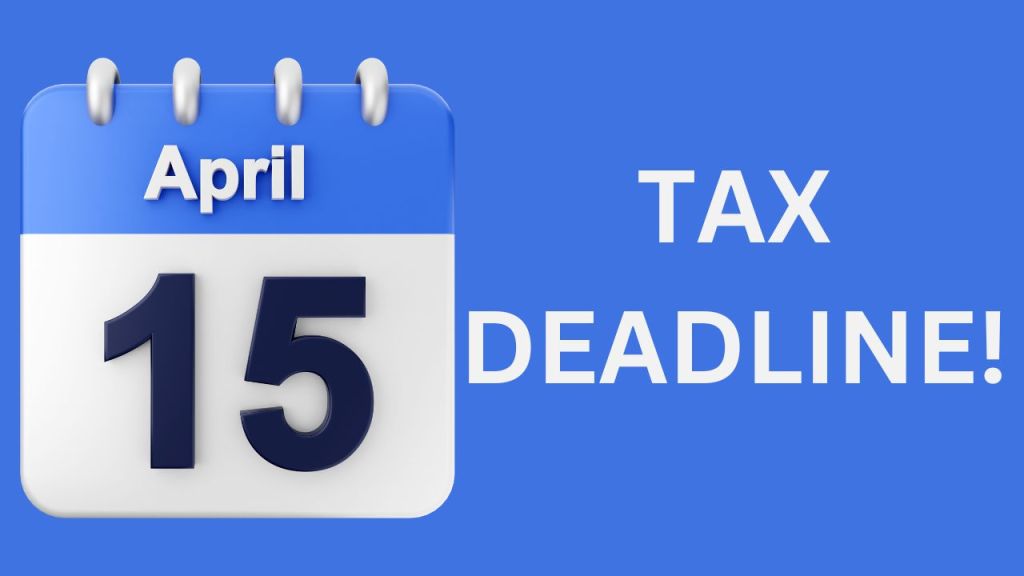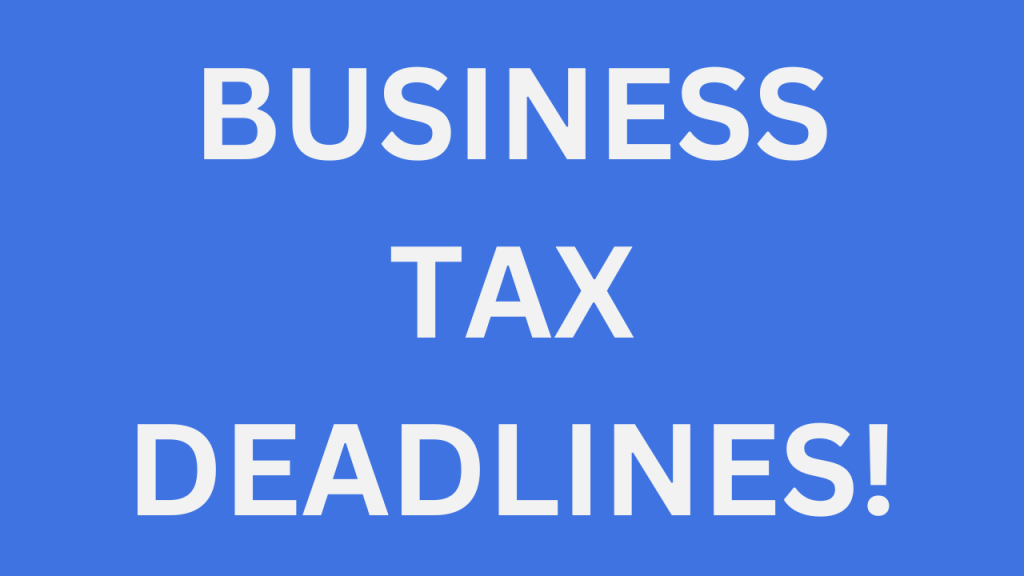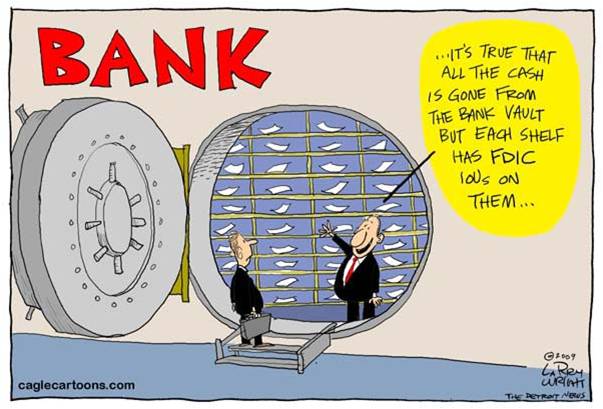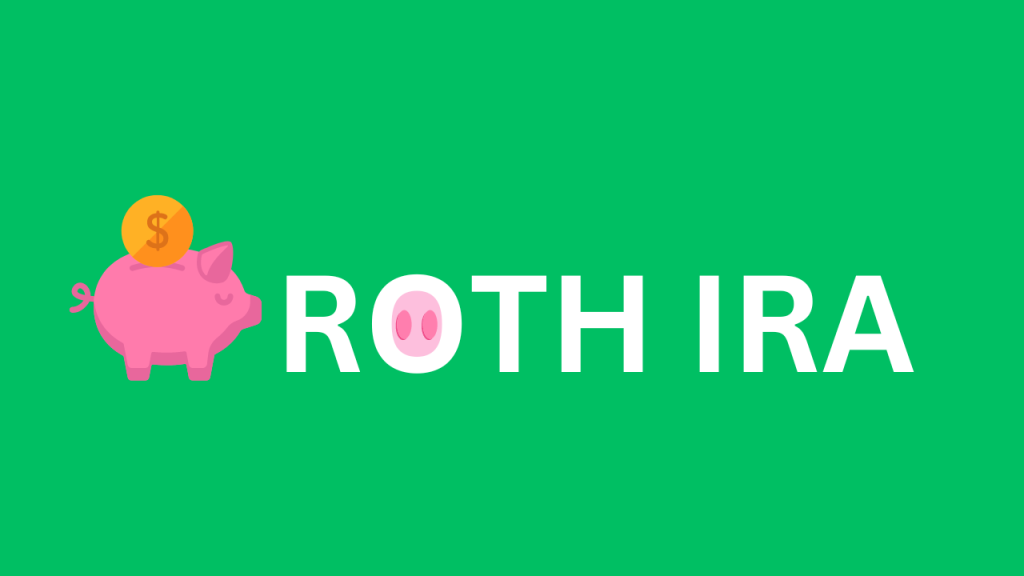
Planning for retirement is crucial for securing your financial future. Among the various retirement savings options available, a Roth IRA stands out as a powerful tool for individuals seeking tax-efficient growth and flexibility in their retirement planning. In this article, we’ll delve into the steps to create a Roth IRA and explore the multitude of benefits it offers.
What is a Roth IRA?
A Roth IRA (Individual Retirement Account) is a retirement savings account that allows individuals to contribute after-tax income up to a specified annual limit. Unlike traditional IRAs, contributions to a Roth IRA are not tax-deductible, but qualified withdrawals, including earnings, are tax-free during retirement.
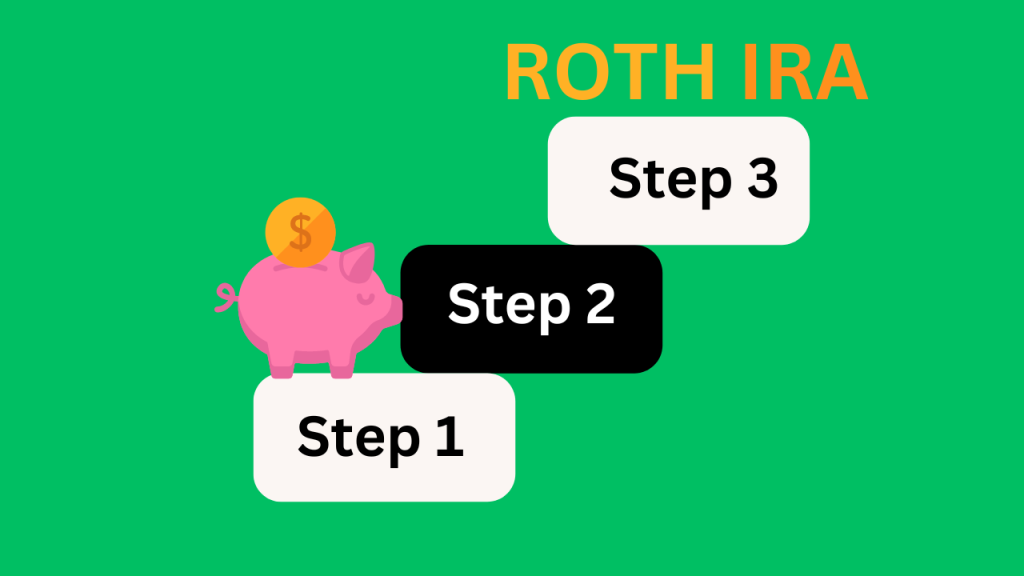
Steps to Create a Roth IRA:
Creating a Roth IRA is a straightforward process. Follow these steps to get started:
- Choose a Financial Institution: Open a Roth IRA with various financial institutions, including banks, brokerage firms, and mutual fund companies. Research different providers to find one that offers the investment options and services aligning with your financial goals.
- Complete the Application: Provide personal information such as your name, address, Social Security number, and employment details to open a Roth IRA account.
- Fund Your Account: After your Roth IRA account is established, contribute funds. The annual contribution limit is determined by the IRS and may vary depending on your age and income level. For 2024, individuals under 50 can contribute up to $6,000, while those aged 50 and older can contribute up to $7,000.
- Select Investments: Choose how to invest your contributions. Most financial institutions offer a range of options including stocks, bonds, mutual funds, and exchange-traded funds (ETFs). Consider your risk tolerance, investment horizon, and retirement goals when selecting investments.

Benefits of Setting Up a Roth IRA:
Now, let’s explore the numerous benefits a Roth IRA offers:
- Tax-Free Growth: Contributions are made with after-tax dollars, enabling investment earnings within the account to grow tax-free. This tax advantage allows savings to compound more rapidly over time.
- Tax-Free Withdrawals in Retirement: Qualified distributions from a Roth IRA, including earnings, are entirely tax-free during retirement. This can lead to significant tax savings, especially for individuals in higher tax brackets.
- No Required Minimum Distributions (RMDs): Unlike traditional IRAs, Roth IRAs are not subject to required minimum distributions during the account holder’s lifetime. This flexibility allows for greater control over retirement income planning.
- Flexibility for Withdrawals: Roth IRAs offer more flexibility than traditional retirement accounts. Contributions can be withdrawn at any time without penalties or taxes, and earnings can be withdrawn tax-free after age 59½ as long as the account has been open for at least five years.
Conclusion:
Creating a Roth IRA is a wise financial decision offering numerous benefits for retirement planning. By following the steps outlined in this article and taking advantage of the tax-free growth and flexibility Roth IRAs provide, you can enhance your long-term financial security and enjoy a more comfortable retirement. Start building your Roth IRA today and take control of your financial future.
Disclaimer: The information provided above is not meant to be legal or tax advise. You should consult your CPA and attorney to determine the best course of action for your situation.
Mitzi E. Sullivan, CPA is a cloud based professional services provider
specializing in cloud accounting.







